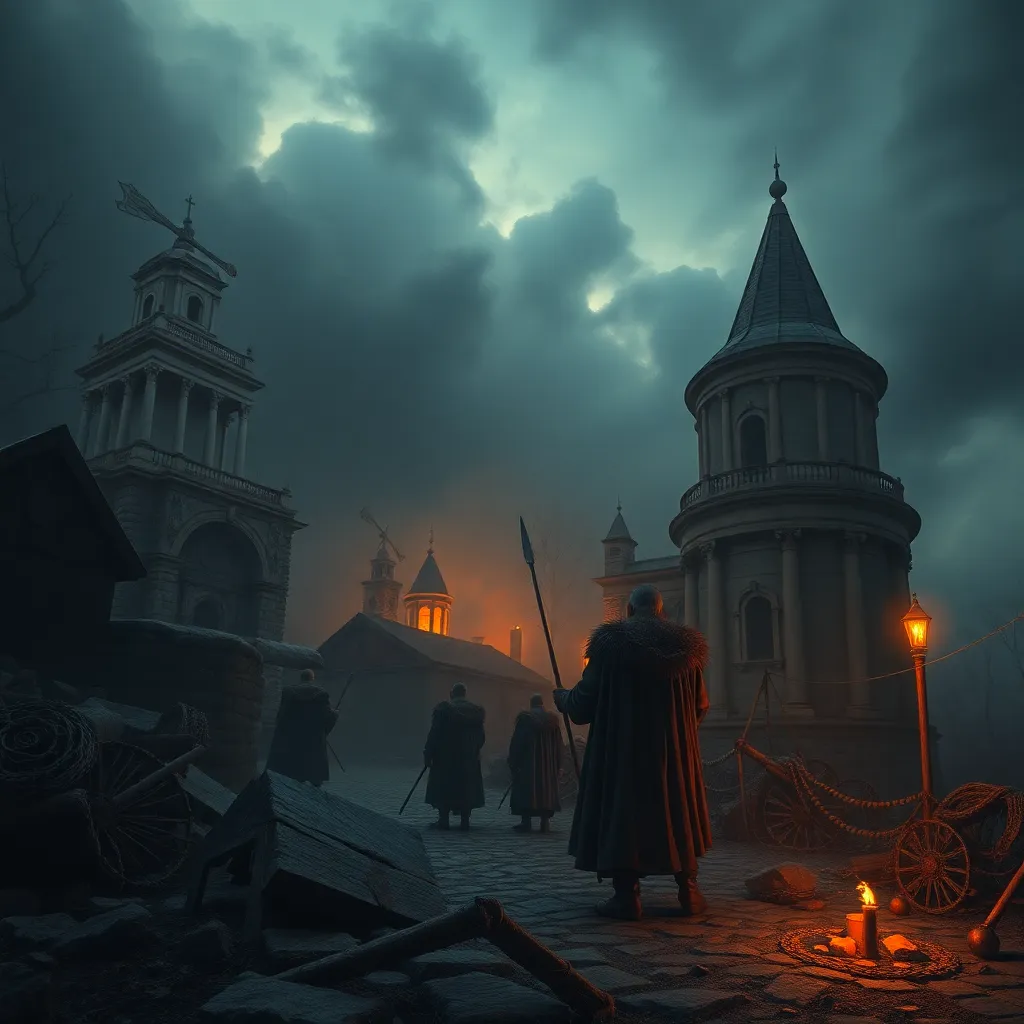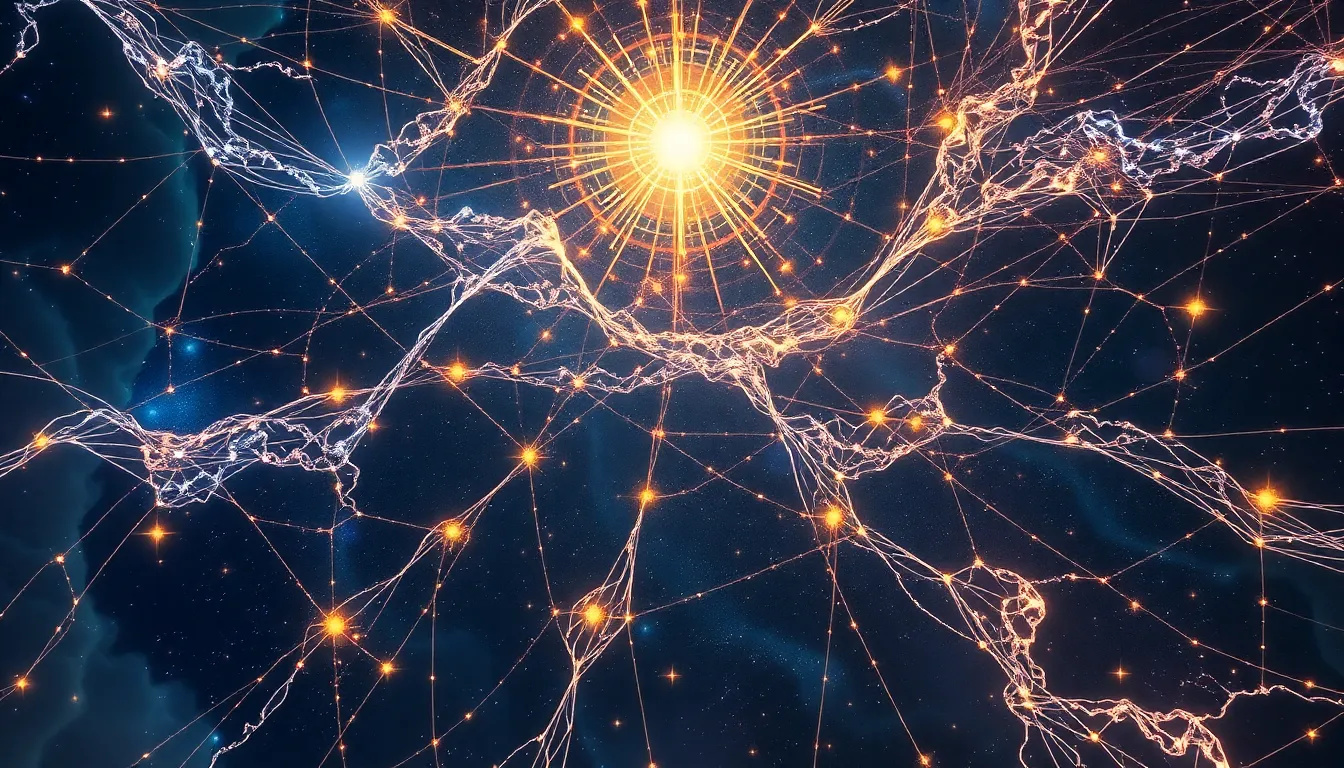The Strigoi in Romanian History: Investigating the Reality Behind the Myth
I. Introduction
The Strigoi is a fascinating figure rooted in Romanian folklore, often described as a troubled spirit or a vampire that rises from the grave to haunt the living. These entities hold immense significance in Romanian culture, encapsulating the fears and beliefs surrounding death and the afterlife. This article aims to explore the intersection of myth and historical reality concerning the Strigoi, examining its origins, cultural implications, and lasting impact on Romanian identity.
II. Origins of the Strigoi Legend
The origins of the Strigoi legend can be traced back to ancient Romanian culture, where beliefs about the dead and the afterlife were deeply intertwined with daily life.
- Historical Roots: The term “Strigoi” is believed to derive from the Latin word “striga,” which refers to a witch or a creature of the night, reflecting the syncretism of Roman and local beliefs.
- Connection to Ancient Practices: Ancient rituals to honor the dead often involved offerings and ceremonies designed to appease restless spirits. The Strigoi emerged as a representation of those who could not find peace.
- Evolution Over Centuries: Over the centuries, the Strigoi myth evolved, integrating elements from neighboring cultures and adapting to changing societal beliefs about death and the supernatural.
III. Strigoi vs. Other Mythical Creatures
When comparing the Strigoi to other vampire legends across Eastern Europe, several distinctions emerge that highlight the unique traits of this Romanian entity.
- Comparison with Other Legends: Unlike the Western vampire archetype, the Strigoi is often depicted as a former human being who becomes a spirit after death, rather than an immortal being.
- Distinctions: The Strigoi is often confused with other supernatural entities like the Nosferatu, which is characterized by a more monstrous appearance, or the Vârcolaci, which are shapeshifters and are usually associated with the werewolf mythos.
- Folklore and Cultural Identity: The Strigoi has become a symbol of Romanian cultural identity, embodying local fears and societal values regarding life, death, and morality.
IV. Historical Accounts and Evidence
Throughout Romanian history, there have been numerous documented cases and accounts of alleged Strigoi sightings that provide insight into the societal perceptions of these entities.
- Documented Cases: Historical records from the 18th and 19th centuries often include accounts of villagers witnessing strange phenomena or disturbances attributed to Strigoi.
- Historical Figures: Some notable historical figures, such as Vlad the Impaler, have been associated with Strigoi legends, emphasizing the connection between power, fear, and the supernatural.
- Societal Reactions: The reaction to Strigoi phenomena often included rituals and community gatherings aimed at protecting against these spirits, reflecting deep-seated fears and cultural practices.
V. The Strigoi in Romanian Literature and Art
The depiction of Strigoi in literature and art has played a significant role in shaping both national identity and cultural narratives.
- Representation in Folk Tales: Strigoi frequently appear in Romanian folk tales, often as cautionary figures that embody moral lessons about greed, betrayal, or the consequences of one’s actions.
- Influence on Modern Art: Contemporary Romanian artists and writers continue to draw inspiration from Strigoi legends, infusing them with modern themes while preserving traditional elements.
- National Identity: The Strigoi myth is a crucial part of Romanian folklore, helping to forge a sense of national identity rooted in shared stories and cultural heritage.
VI. Modern Perspectives on the Strigoi
In contemporary society, the Strigoi myth has undergone various reinterpretations and adaptations, reflecting changing cultural dynamics.
- Contemporary Interpretations: Modern narratives often blend traditional Strigoi lore with contemporary vampire myths, creating a fusion that appeals to both local and global audiences.
- Impact of Globalization: The proliferation of media has enabled the Strigoi legend to gain international recognition, influencing popular culture and leading to a resurgence of interest in vampire folklore.
- Research on Folklore: Scholars continue to explore the roots and implications of Strigoi legends, contributing to a deeper understanding of Romanian cultural history.
VII. The Psychological and Sociological Implications
The belief in Strigoi can be seen as a reflection of societal fears and a means of community bonding through shared storytelling.
- Reflection of Societal Fears: Strigoi legends often encapsulate deeper anxieties about death, the unknown, and societal morality, providing a narrative framework for understanding these fears.
- Psychological Aspects: The belief in Strigoi can fulfill psychological needs, offering explanations for unexplainable events and fostering a sense of control within communities.
- Community Bonding: Storytelling about Strigoi helps to strengthen community ties, as shared beliefs and narratives create a collective identity and shared cultural heritage.
VIII. Conclusion
In summary, the Strigoi myth is deeply embedded in Romanian history and culture, reflecting a rich tapestry of beliefs and traditions. Through examining its origins, historical accounts, and modern perspectives, we gain insight into the enduring nature of this legend. The Strigoi continues to captivate the imagination, serving as a vessel for exploring complex themes of life, death, and identity. Further research into the Strigoi and similar folklore can deepen our understanding of cultural history and the human experience.



